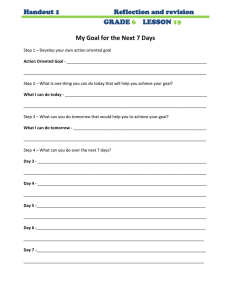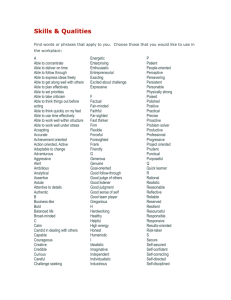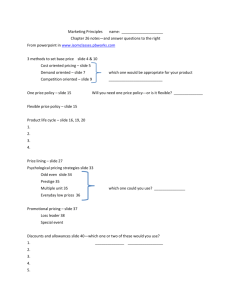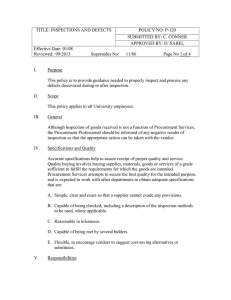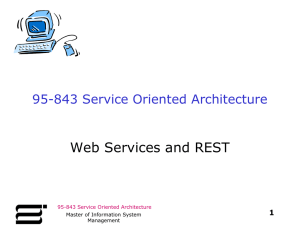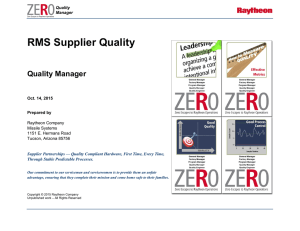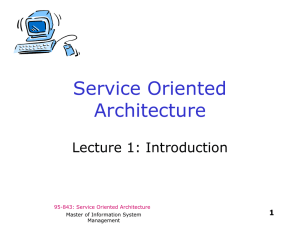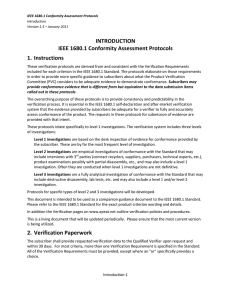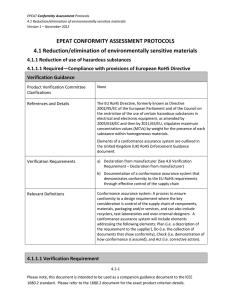Pertemuan ke-15 Product, Branding and Customer- Service Strategies 1
advertisement
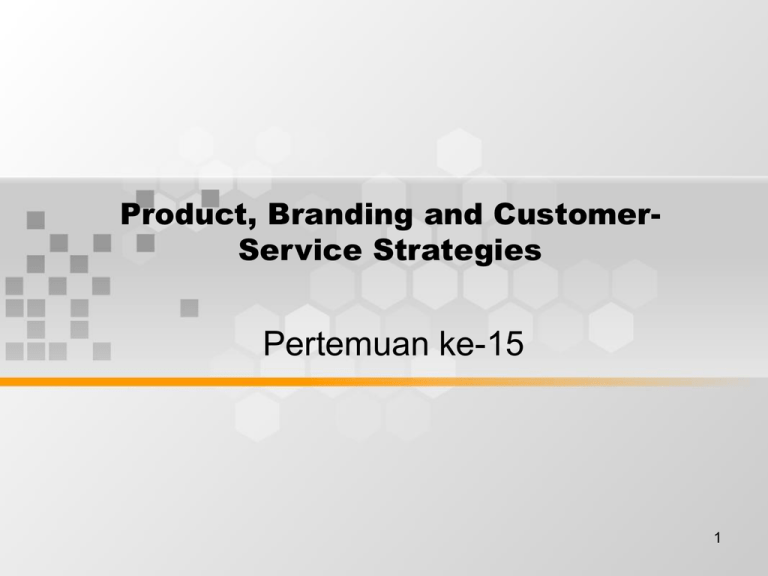
Product, Branding and CustomerService Strategies Pertemuan ke-15 1 Two views of Quality • Traditional view: – Productivity and quality are conflicting goals – Quality is defined as conformance to specifications or standards – Quality is measured by degree of nonconformance – Quality is achieved through inspection – Some defects are allowed if the product meets minimum quality standards – Quality is a separate function and focused on evaluating production – Workers are blamed for poor quality – Supplier relationships are short term and cost oriented. 2 Two Views of Quality • Total quality management view: – Productivity gains are achieved through quality improvements – Quality is conformance to correctly defined requirements satisfying user needs – Quality is measured by continuous process/product improvement and user satisfaction – Quality is determined by product design and is achieved by effective process controls – Defects are prevented through process control techniques – Quality is part of every function in all phases of the product life cycle – Management is responsible for quality – Supplier relationships are long term and quality oriented 3 Product Quality and Cost Relationship • Product quality improvement reduces cost and increases competitive advantage. • The successful adoption of a customer-driven organizational strategy is essential for improving product quality • Improving all processes of the business increases the uniformity of the products produced, reduces rework and mistakes, and reduces waste of manpower, machine time and materials usage. 4 Quality Improvement Strategy • Quality culture: – Quality improvement is the responsibility of everyone in the organization. – Essential managerial style and leadership characteristics in developing a quality oriented culture include attention to detail, complete planning, problem monitoring, high personal standards, ongoing commitment to quality improvement, responsive and participative management style and trustworthiness. 5 Managing Existing Products • Tracking product performance: – Establish product performance objectives – Develop a product evaluation system – Identify problem products – Select strategy for eliminating the problem 6 Analysis Objectives • Criteria and acceptable levels of performance for gauging product performance. • Criteria may include financial and non-financial factors • Use product life cycle analysis: – Determining the length and rate of change of the product life cycle – Identifying the current PLC stage and selecting the product strategy that corresponds to that stage – Anticipating threats and finding opportunities for altering and extending the PLC. 7 Conclusions • The importance of product quality to competing in global markets requires the development of organizational philosophy and management process for improving quality. • Evaluating a company’s existing products helps to establish priorities and guidelines for managing the product portfolio. These methods include the analysis of the product life cycle. 8
